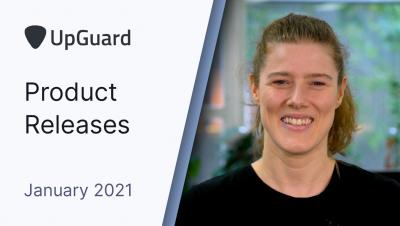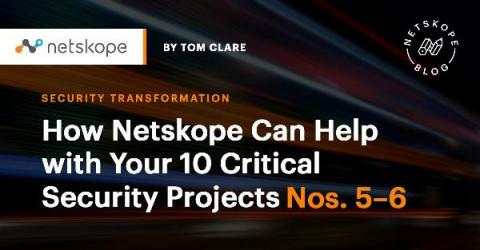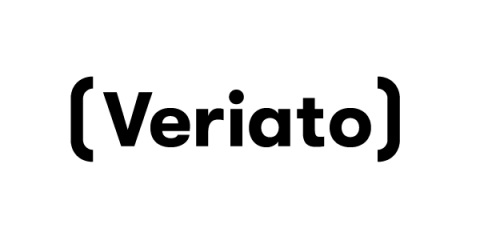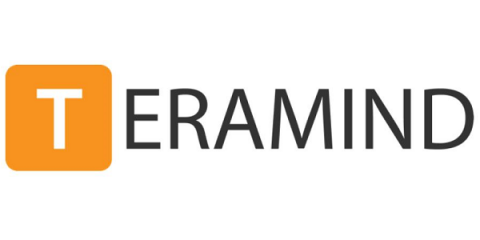The Final Critical Step to Building the Modern SOC
The new Devo eBook, Building the Modern SOC, presents four evolutionary steps for creating a highly automated and efficient security operations center (SOC) that empowers analysts. This is the last in a series of posts highlighting the most important elements of the four steps. Previous posts covered Step 1, establishing a foundation of centralized, scalable visibility, Step 2, extracting intelligent insights from your data, and Step 3, supercharging your analysts with the power of automation.










